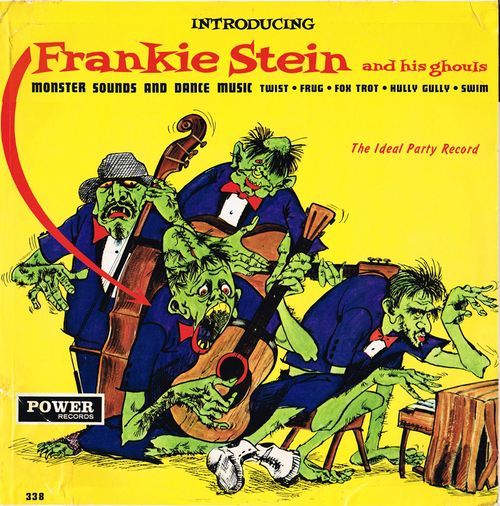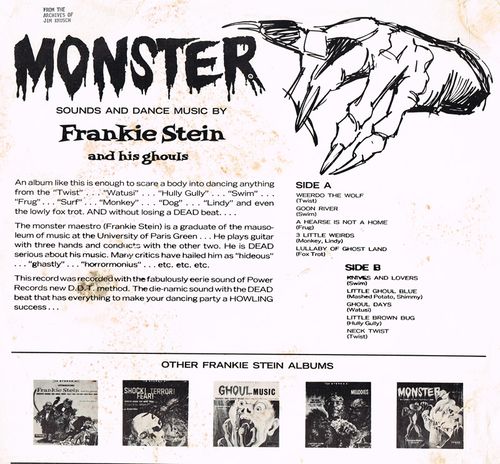« September 2011 | Main | November 2011 »
Entries from October 2011
October 21, 2011
October 20, 2011
October 19, 2011
October 18, 2011
Subscribe to Weekly Email for New Posts!
Go To...
Read My Book on Kindle
I Like to Talk
Categories
- Art/Animation (32)
- Authors (28)
- Azteca/Mexican Lobby Cards (779)
- Bloggers (48)
- Books (Bad) (2)
- Books (Fiction) (51)
- Books (Graphic) (33)
- Books (Non-fiction) (31)
- Comics/Manga (85)
- Convention/Event Programs (8)
- Death (13)
- Documentaries (11)
- Freaks/Geeks (5)
- Gift Ideas (12)
- Halloween (Memories) (54)
- Halloween Candy (36)
- Halloween Costume (70)
- Halloween Light-Ups (16)
- Halloween Novelty (91)
- Halloween Paper (63)
- Haunt Attractions (8)
- Horror Hosts (29)
- Kinema Archives (51)
- LOTT D (66)
- Magazine Morgue (261)
- Model Kits/Figures (10)
- Monster Laffs (10)
- Movies (Bad) (49)
- Movies (Drive-in) (31)
- Movies (Ghostly) (19)
- Movies (Gore) (9)
- Movies (Horror) (90)
- Movies (Indie) (33)
- Movies (Non-horror) (9)
- Movies (Slasher) (12)
- Music/Radio (13)
- Pictures (102)
- Pressbooks (Horror, Sci Fi, Fantasy) (666)
- Pressbooks (Non-Horror) (198)
- Reflections (58)
- Short Stories (2)
- Superheroes (9)
- Toys/Games (23)
- Trading Cards (16)
- TV/PC (28)
- Universal Monsters (21)
- Vintage Days (26)
- Wild West Weird (6)
- Zoc's Desk (9)
Significant Others
Other Others
Copyright Notice

From Zombos' Closet by John Michael Cozzoli is licensed under a Creative Commons Attribution-NonCommercial-NoDerivatives 4.0 International License.
Based on a work at http://www.zomboscloset.com.- Copyright© 2006-2023
From Zombos' Closet's fictional characters and personal blog posts are created and copyrighted by JM Cozzoli. Additional content is copyrighted by the respective contributors and owners of that content. From Zombos' Closet is a non-commercial site for the enjoyment of fans of the fantastique, the horrifying, the trashy, and the sublime.
















